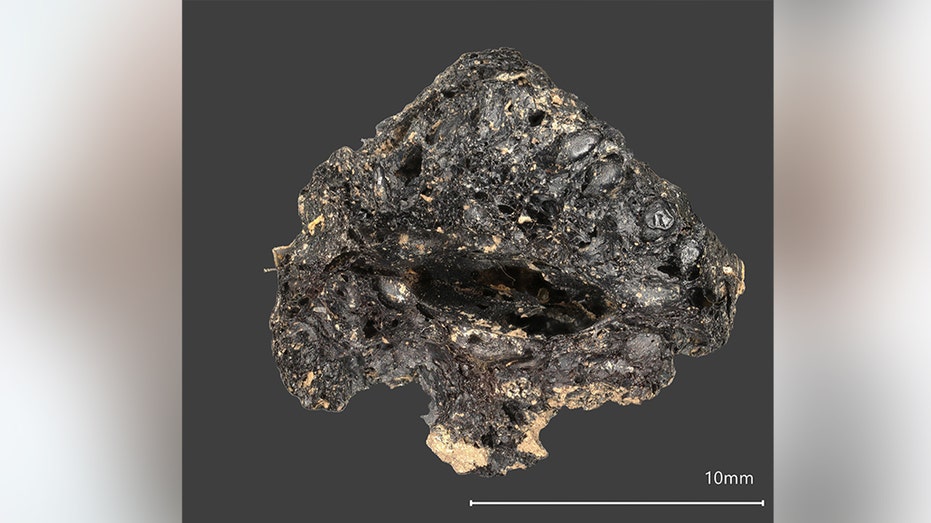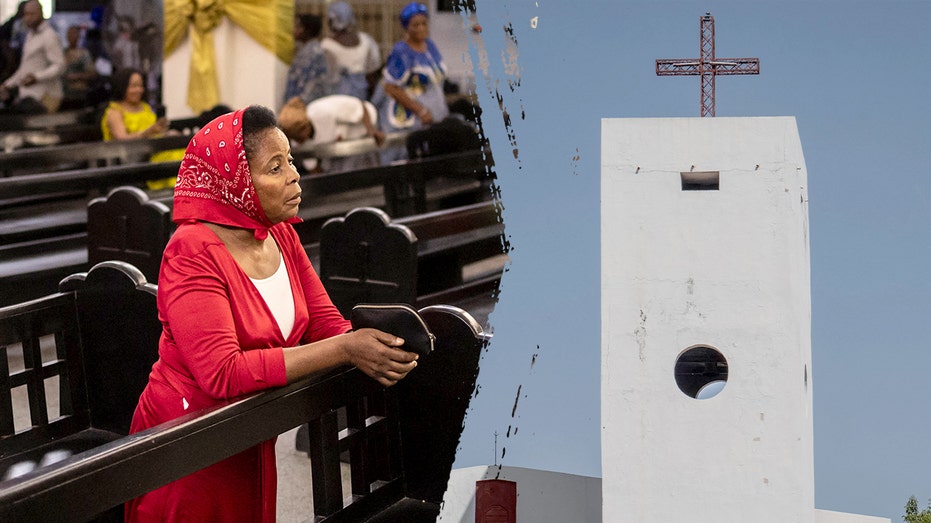
2,000-Year-Old Fig Unearthed in Drumanagh, Dublin
Exciting archaeological discoveries are reshaping our understanding of ancient trade networks, notably the recently unearthed remains of a 2,000-year-old fig at Drumanagh, Dublin. This remarkable find points to the intricate trade relationships that existed between Ireland and the Roman Empire thousands of years ago. In addition to the fig, excavations at the site have revealed various metal and ceramic artifacts as well as other food remains. Remarkably, these organic materials have survived due to their charred condition, providing archaeologists with a snapshot of life during this era.
The Significance of the Fig Discovery
According to University College Dublin (UCD), this ancient fig is a groundbreaking discovery for several reasons. Professor Merial McClatchie, director of the UCD Ancient Foods research group, emphasized the uniqueness of the find. “An actual fruit has never been found in Ireland until now,” McClatchie stated in a news release. “What is most important about the Drumanagh fig is its antiquity. It is without parallel in Ireland and is by far the oldest example of an exotic fruit found here.”
Expanding the Trade Narrative
The discovery of the fig not only highlights its exceptional age but also signifies the extensive trade networks that connected Ireland with the Mediterranean world during the Roman era. Prior to this find, researchers lacked concrete evidence that goods like figs were transported to Ireland during such an early period. Alongside the fig, the excavations have uncovered various other items, including spelt bread, olive oil, glass vessels, and fine ceramic cups, suggesting that the daily lives of people in Drumanagh were intertwined with these exotic goods.
A Peek into Daily Life at Drumanagh
The team excavating at Drumanagh, led by Christine Baker, Heritage Officer and archaeologist at Fingal County Council, has been uncovering artifacts that paint a vivid picture of life in ancient Ireland. Baker remarked, “Our excavations have revealed more of the story of those living and working at Drumanagh. By these windswept cliffs, people were consuming spelt bread, olive oil, and figs, drinking from glass vessels and fine ceramic cups while wearing brooches and glass beads.”
A Connection to Roman Britain
This evidence of trade and lifestyle suggests connections between the people of Drumanagh and the Chester/Wirral area of Roman Britain during the first two centuries of Roman conquest. The presence of Mediterranean foodstuffs and goods reflects a sophisticated understanding of trade routes and exchange systems that facilitated long-distance connections, pushing back the timeline of Ireland’s integration into broader networks of commerce.
Further Discoveries: The Case of Bog Butter
In addition to the findings at Drumanagh, Ireland is teeming with remarkable food-related historical discoveries. A “purely lucky” find occurred recently in County Donegal, where a farmer stumbled upon a 60-pound slab of ancient “bog butter.” Described by archaeologist Paula Harvey as potentially “one of the biggest chunks of bog butter found in Ireland to date,” this discovery adds to the ongoing narrative of food preservation and trade in ancient Ireland.
The Role of Bog Butter in Irish History
The impressive size of the bog butter slab, coupled with its serendipitous discovery prompted by a “cheesy smell,” highlights the rich tapestry of Ireland’s history concerning food preservation methods. While bog butter finds are relatively common in Ireland—with around 500 documented instances—the recent unearthing of such a sizable piece, alongside the Drumanagh fig, offers invaluable insights into ancient life on the island. These discoveries not only showcase the resources available to people of the time but also emphasize the cultural exchanges that shaped their culinary practices.
Conclusions: A Window into the Past
Together, the fig at Drumanagh and the substantial slab of bog butter serve as compelling evidence of Ireland’s historical connections with the wider world. As archaeological techniques advance and new discoveries emerge, our understanding of ancient trade networks and daily life continues to evolve. The exciting finds from Drumanagh are a testament to the enduring legacy of Ireland’s past and the complex relationships that shaped its rich history. With every artifact unearthed, researchers are not merely uncovering pieces of history—they are piecing together the story of a society that thrived through trade, culture, and shared culinary practices.


















